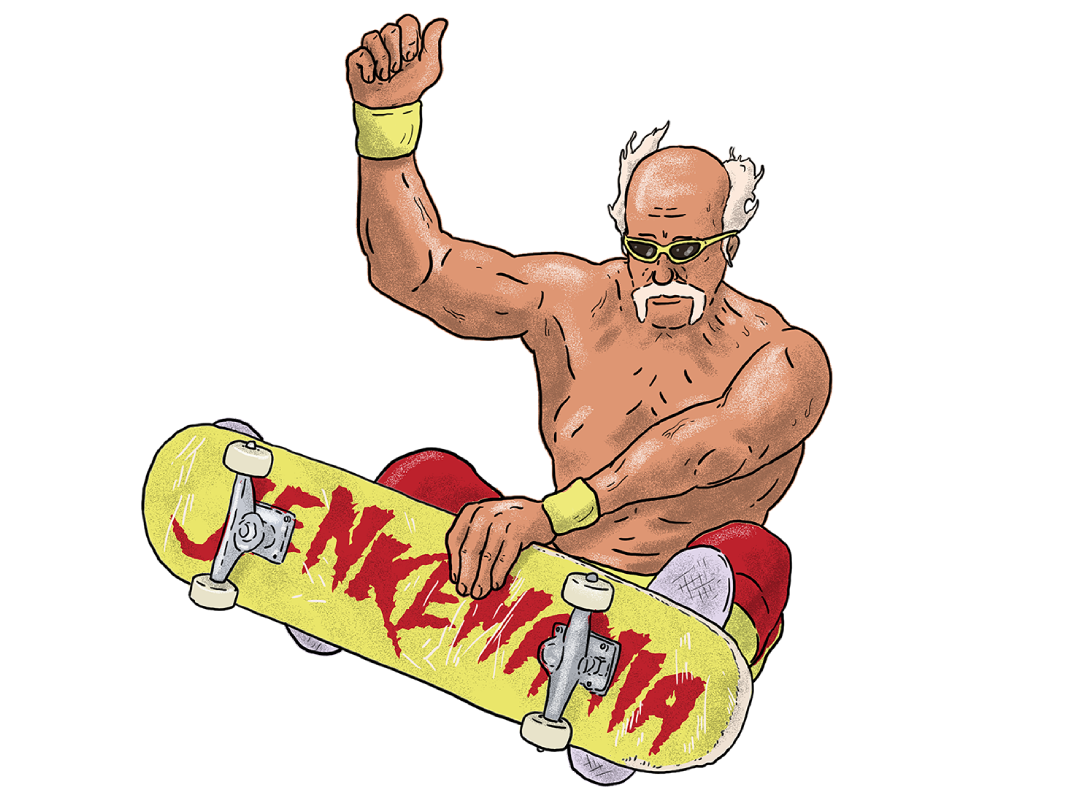
As skateboarders, we love to think about professional skateboarding as something entirely “raw” and “real”, but when you put it under the microscope and look at its underpinnings, it may not as uninfluenced as we like to tell ourselves it is.
The things that we praise and focus on most about skateboarding—like video parts, pro personas, and brand identities—are actually somewhat manufactured and calculated. Does pro skateboarding really reflect this organic expression of rule-free play we all idealize, does it? Maybe it’s more akin to a sports-like spectacle.
What if pro skateboarding, actually, maybe, is a lot like pro wrestling? And if that’s the case, is there something to gain by taking a closer look at the connections between the worlds of pro skating and pro wrestling?
But first, a note: every point here is about “professional skateboarding”, the kind of documented and commodified performance that pro-level skateboarders produce for us to consume. What we’re NOT talking about is “skateboarding” in the general sense, which is hard enough to define, let alone make some succinct argument about.
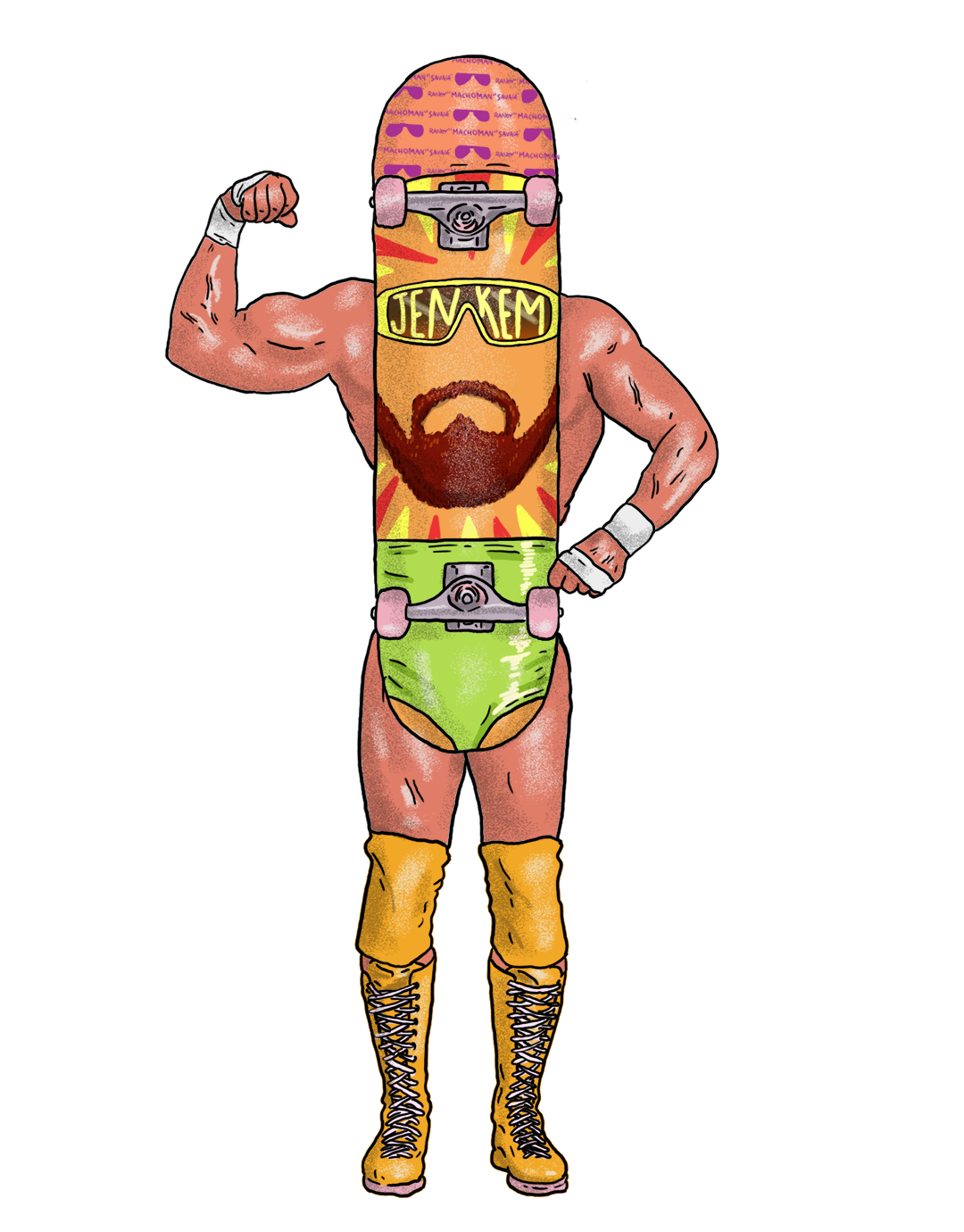
Skater-tainment
Skateboarders and wrestlers have long ridden the cusp of sportsdom, for the most part outwardly rejecting that label but all the while pleasing fans and exciting outsiders with their athletic talents. We can get into meaningful and meaningless debates all day long about whether skateboarding is sporty, arty, or some profound expression of individuality, but the one thing that both professional skateboarding and professional wrestling definitely are, is entertainment.
Vince McMahon, the CEO of World Wrestling Entertainment (WWE), the biggest pro wrestling organization, created a term to both encapsulate wrestling’s physicality and avoid pain-in-the-ass regulations that sports like basketball and football have to deal with. That term is “sports entertainment,” and it’s a fitting way to look at skateboarding too.
Although wrestling is a highly athletic pursuit, it’s mostly an activity of spectacle. It only requires athleticism to obscure the fiction of the show, so that when a 275-pound guy drops ten feet onto another behemoth, his elbow doesn’t actually hit him, but it’s still athletic and impressive to watch that much mass move around so quickly unscathed.
“Once a skater develops their fundamental physical abilities, they must also put them on display under all kinds of circumstances and pressures in order to maintain a pro career.”
In skate videos, photos, contests, and demos, pro skaters are constantly putting on a performance for hardcore fans and casual spectators alike. With Instagram, their daily lives and skate sessions have even become further extensions of that fan-professional relationship, creating opportunities and pressure for them to perform on their boards wherever and whenever possible (but always for our viewing pleasure).
In skateboarding, elite athleticism isn’t necessarily required to pull off some techy ledge trick or grind a handrail. Some skaters don’t even need to be sober to land shit. But once a skater develops those fundamental physical abilities, they must also put them on display under all kinds of circumstances and pressures in order to maintain a pro career. If they can’t entertain people with their athletic achievements, they won’t last long and we won’t really care about them.
Consider the spectacle of the best trick contest. It’s not unlike a royal rumble cage match, and not only because most skateparks are also gated arenas. Watching these kinds of events, we know that Shecks (great wrestling name by the way) is gonna throw out a big kickflip, and we also know that some poor soul will get completely served trying to go as big, just like we know Mankind is going to take a pounding when he tries to take on The People’s Champ.
It’s a success of the event promoters in both cases that we don’t focus on the fabricated nature of these shows and how they exist to sell us on “performers” and brands, and instead see them as something real, not divorced from the everyday, silly play we engage with on our boards.
Is This Real? Or Is This Really Real?
Live skate performances, like wrestling, work by enthralling us in the moment. We’re so excited to see Tyshawn do just about anything that we’ll gladly tune into an event that markets shoes and clothes to us through actual trash cans.
But because skate videos can’t tap into that sense of immediacy, they work on us by offering something that looks and feels better than reality.
To get an idea of what I’m talking about, let’s look at Jerry Hsu’s part in Enjoi’s Bag of Suck. He has a line in Australia where he does a nollie back heel down a three stair, then a switch 180 down another, then a back 360. Each time his wheels touch the ground, they sync up perfectly with the cymbal crashes from the Cass McCombs song playing over it.
This, like all other skateboarding in skate videos, is a choreographed performance that puts on the appearance of “raw” street skating to make us feel more attached and attracted to whoever and whatever is in the video.
At no point in a skateboarder’s life would they ride through a city and throw out an impeccably-timed and highly technical line like this. But we want so badly for Jerry’s show to be like the skating we do ourselves, so we watch it and get lulled into imagining being in the arena with him, fighting against pedestrians, security guards, and pigeon shit to get the perfect run.
Videos give us idealized representations of what street skating could be if talent and fortune were unlimited, but they don’t depict what we actually do when we skate. Professionally made skate videos are really just jacked-up steroidal versions of street skating.
“Professionally made skate videos are really just jacked-up steroidal versions of street skating.”
And at some point, when the quest for perfectly entertaining skate footage becomes overwhelming for a pro skateboarder, it can lead them to commit unforgivable acts.
In the DVS video Skate More, Steve Berra built and camouflaged skate obstacles into different street environments. His part looks normal on its face, until you realize that each spot seems almost too perfect to skate and that the concrete-looking manny pads make a distinctly hollowed wooden sound when he lands on them.
In wrestling, the term “kayfabe” refers to the secret agreement that wrestlers and promoters have to maintain the wrestling story and facade that audiences buy into. When a wrestler breaks kayfabe, they betray not only themselves, but every other character, story, and conflict within the entire wrestling universe.
In one famous incident, known as the “Curtain Call,” after a particularly high-stakes title match, two nice guy wrestlers and two villains walked to the center of the ring and embraced in a nonsensically friendly group hug. Fans rightfully lost their shit, and it became a watershed moment for wrestlers to never take lightly the unspoken pact they have with their fans.
Steve Berra’s Skate More part was a classic betrayal of “skatefabe,” and one that stuck with him through the end of his pro career. However, it also reveals an interesting point about the subconscious role that storytelling plays in making a good skate video, and shows how sometimes we can put the narrative of a video over the tricks.
Regardless of whether we see any footage of Berra running from security guards, strong-arming property owners, or deknobbing spots, we have to believe those obstacles were at least possibilities before we could ever enjoy his part. But if we take a step back, this unwavering demand for “realness” is a little farfetched.
Skate videos present an already idealized, entertainment-packed version of skateboarding. If we end up taking the videos themselves so seriously that we can’t just enjoy them, why watch them in the first place?
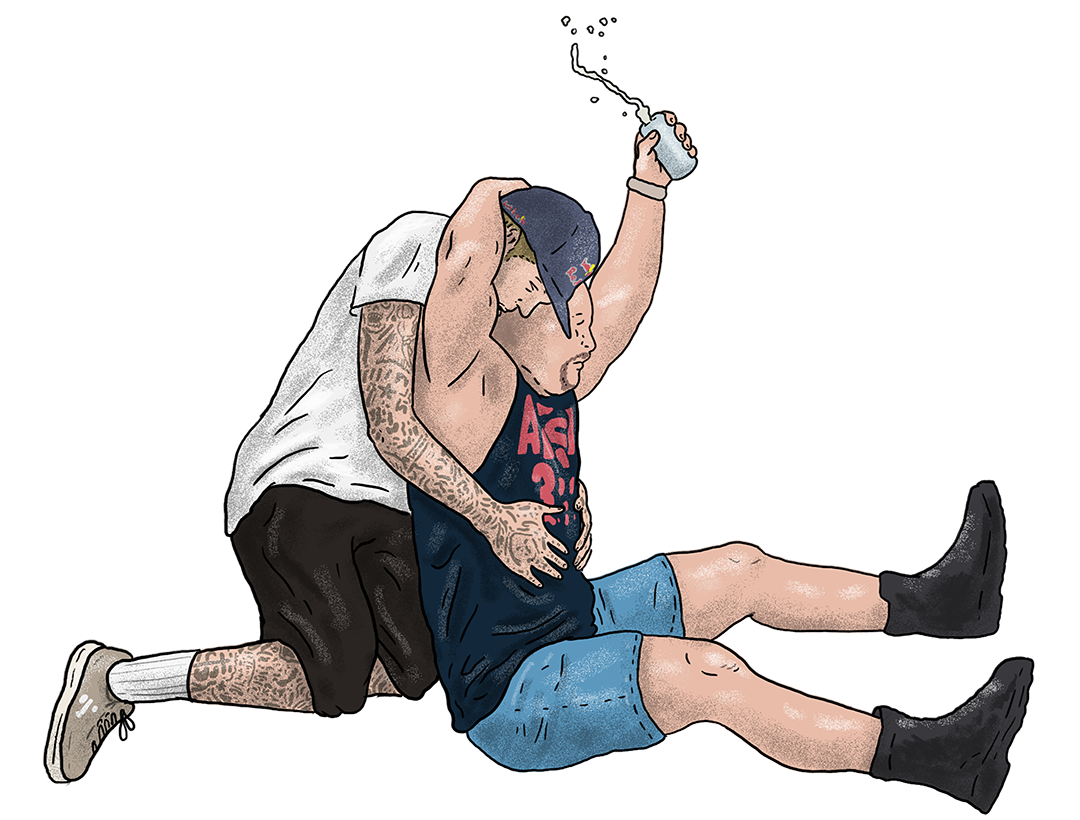
Baby Faces and Heel Flips
Pro wrestling matches usually pit an obvious crowd favorite, known as a “babyface” or “face,” against a villainous antagonist, called a “heel.” “Stone Cold” Steve Austin battling the Undertaker at Summerslam 1998 was a classic face vs. heel match.
Richie Jackson, a.k.a. “The Featch,” is a perfect example of a pro skateboarder heel. His extravagant ‘60s-era clothes, Mad Hatter top hat, and twisted mustache are not only outside the acceptable range of pro skater attire, but indicative of a certain capacity for mischief. The Featch isn’t too shy to gloat. The Featch takes potshots. The Featch stokes Insta-beefs, even when he’s wrong, because he’ll do anything to be in the spotlight.
In wrestling, heels try to win by any means necessary, even doing illegal moves like fish hooking someone’s cheek or gouging an eye. They do this to try to achieve the same level of legitimate recognition as the babyface—admiration from the crowd and the championship title belt.
The Featch uses his dastardly brand of obtuse firecrackers and tree plant maneuvers in the same spaces that a conventional babyface face pro would do more “legit” tricks. Even Jackson’s amazing wrestling-sounding name is an abbreviation of “the feature,” a reference to the last part in a video.
“Although the drama within skating tends to be much less apparent than in wrestling, it’s still there, and we still love it.”
Babyfaces may seem absent from skating, but in our endless exaltation of humility, sincerity, and good heartedness, we actually have a number of babyface skaters. Think Nora Vasconcellos, or Andrew Reynolds. They aren’t braggadocious in an obnoxious way, and they focus on doing hard, clean skating with a comfortable style. They want to be liked, and they do a good job at appearing likeable.
The face/heel dynamic of course plays out at Street League and X Games, but it’s also visible in games of S.K.A.T.E. and at well-known spots as skaters vie for NBD claims.
There are crowd favorites going into these events who represent a straight-forward, technical, creative or non-jocky way of skating. But when (if) we tune in to Tampa Pro, we’re not only looking for great skating. We’re also looking to see Ishod best Nyjah using more tasteful and graceful moves without stepping off his board between every trick. Although the drama within skating tends to be much less apparent than in wrestling, it’s still there, and we still love it.
Think about the Davis Gap. It’s as gargantuan and menacing as any heel. But when our babyface hero Andrew Reynolds steps to the beast and throws out a signature Reynolds kickflip, we see good triumph evil. We get a sense of skate justice from him having conquered the enemy that is set up to hurt him, just as when wrestling fans watch Steve Austin drop the Undertaker with a Stone Cold Stunner.
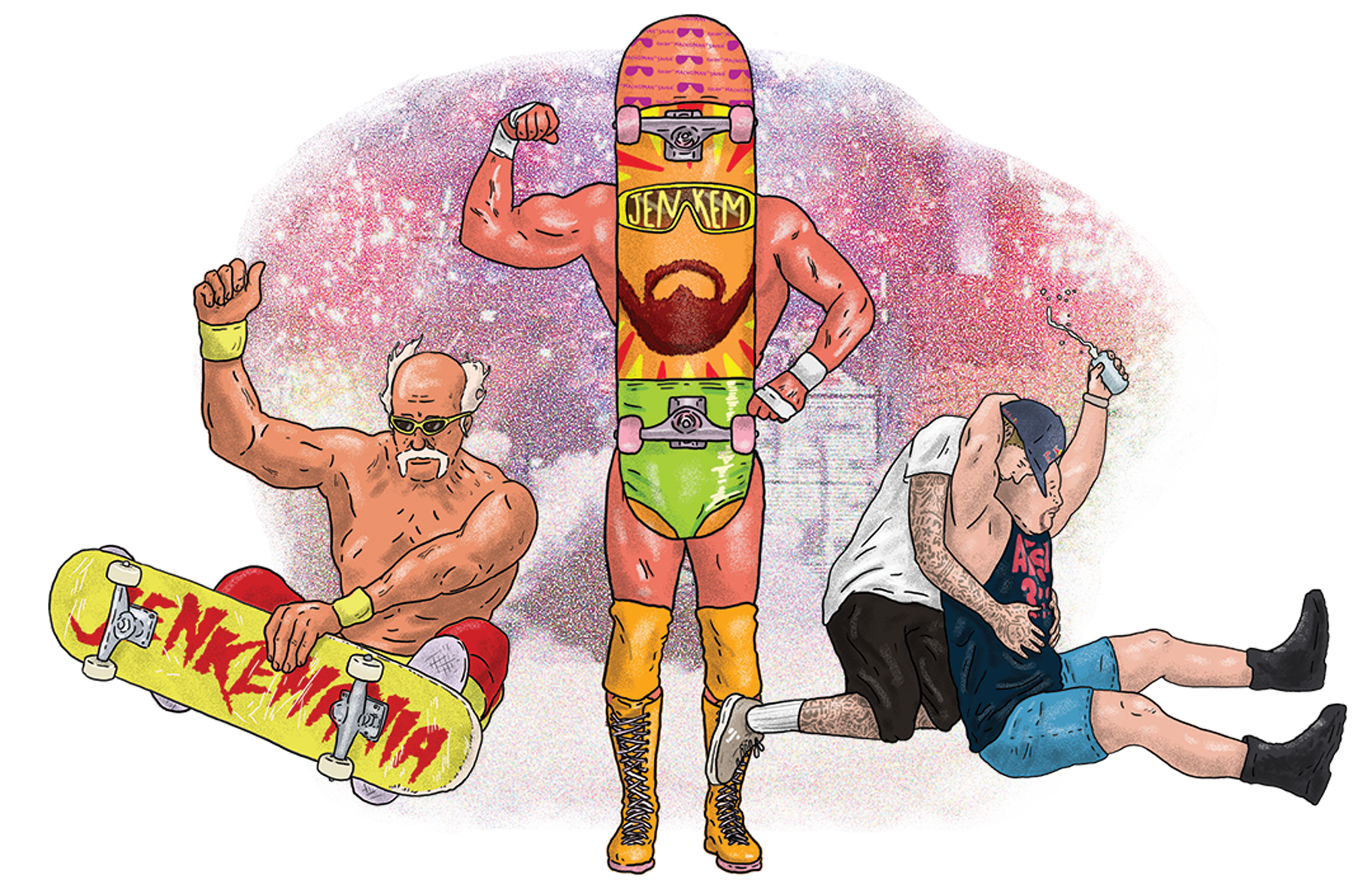
Times Up, Brother
One hallmark of pro wrestling until pretty recently has been its overt display of misogyny, homophobia, racism, and xenophobia. The classic example is Hulk Hogan’s Wrestlemania match against the Iranian-born wrestler, the Iron Sheik, in which Hogan beats the shit out of the Sheik and chokes him with his own robe.
This match was packaged with all sorts of cultural and social baggage, and basically served as a propaganda piece for white American supremacy. Contrast that with today’s Daniel Bryan, a vegan, PETA activist who appeared in this year’s Wrestlemania.
For years, women in wrestling endured their own stereotyping. They were either cast as valets to escort male wrestlers to the ring or had to perform in bra-and-panty “cat fight” matches. This is starting to change as the women of pro wrestling have proven to be more interesting and dynamic fighters than the stale bro wrestlers. This year, for the first time in wrestling history, the main event at Wrestlemania was an all women’s match.
Likewise in skateboarding, some of the coolest and most interesting shit happening today is driven by non-male skaters. Skateboarding has always somewhat delusionally prided itself on its diversity and inclusion, yet it has had a run of cultural and political failings that resemble the decidedly American baggage of wrestling.
Are We Really So Different?
So why draw all these parallels? Why risk insulting, alienating, or boring you by arguing that skating is anything less than absolutely unique?
Because recognizing the dramatic spectacle of professional skateboarding helps remind us that it’s healthy to make distinctions between the skateboarding being marketed to us and the organic experience we actually fell in love with.
Worrying about trying to imitate the performance of our favorite actors can prevent us from just going to a parking lot and indulging in something that has nothing to do with any kind of show.
Skateboarding, at its most pure form, is meaningless play, just like kids who roughhouse on living room furniture or backyard lawns. Don’t take too much of the professional performance of skateboarding and convince yourself that the tricks and moves you do either count or don’t count. Nobody is keeping any sort of score.
Related Posts
Comments
Popular
-
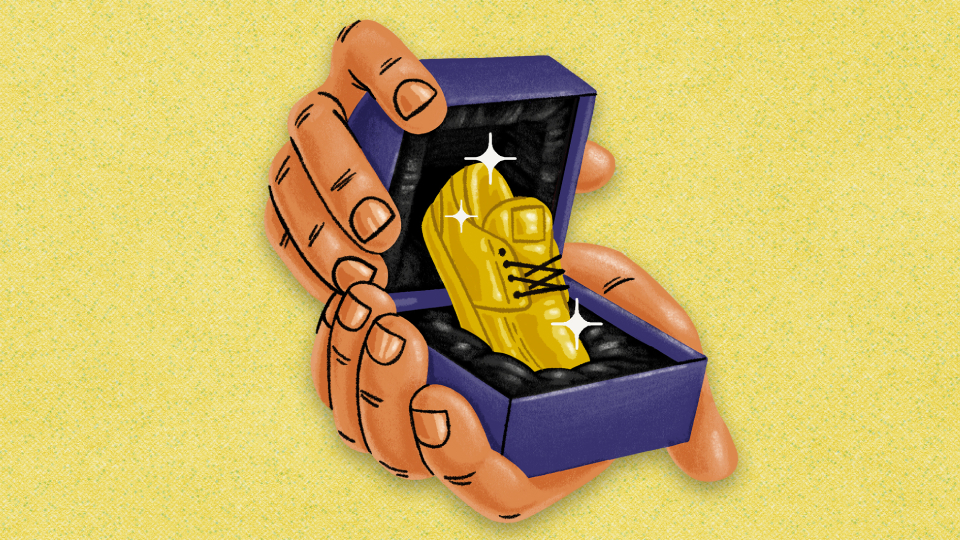 THE RISE AND FALL OF PRO MODEL SKATE SHOES
THE RISE AND FALL OF PRO MODEL SKATE SHOES
While there are still some exceptions, the signature shoe has largely evaporated from the skateboard industry. But, why?
-
 A CHAT WITH LUDVIG HAKANSSON, THE OLDEST SOUL IN SKATEBOARDING
A CHAT WITH LUDVIG HAKANSSON, THE OLDEST SOUL IN SKATEBOARDING
The man loves to read Nietzche, skates in some expensive vintage gear, and paints in his own neoclassical-meets-abstract-expressionist style.
-
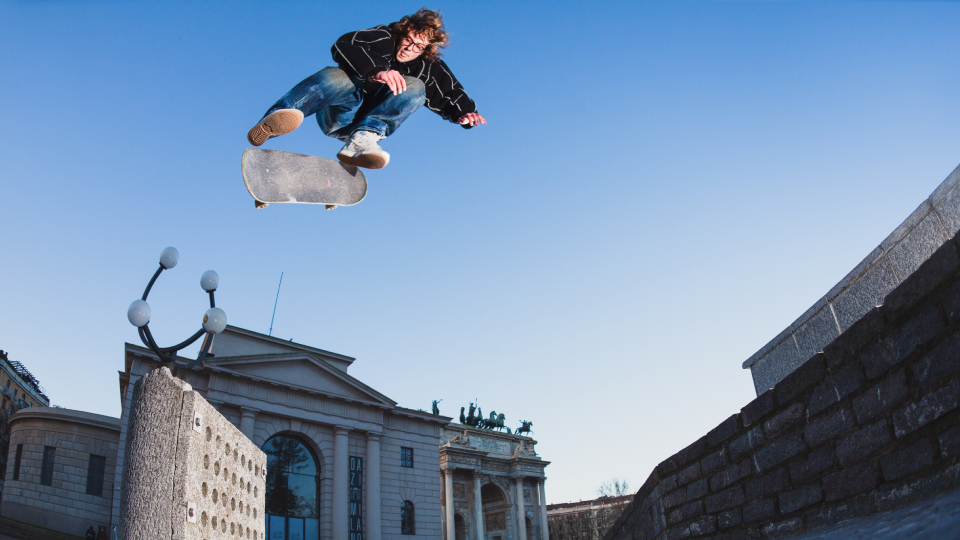 A LOOK THROUGH THE GLASSES OF VINCE PALMER, AKA CHICKEN LITTLE
A LOOK THROUGH THE GLASSES OF VINCE PALMER, AKA CHICKEN LITTLE
Get to know the 18-year-old German repping Baker and Supreme in Milan.
-
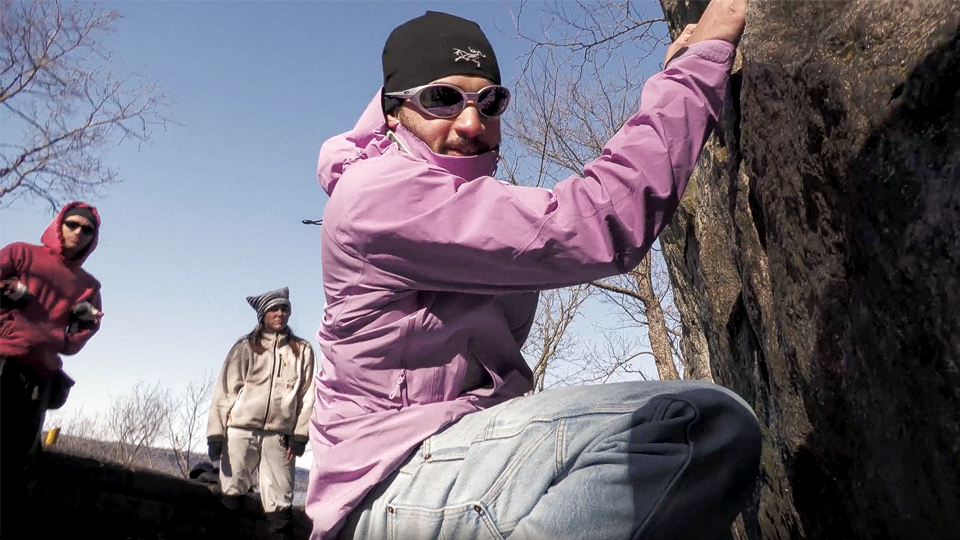 WHO ARE THE SKATERS RESURRECTING ROCK CLIMBING IN UPPER MANHATTAN?
WHO ARE THE SKATERS RESURRECTING ROCK CLIMBING IN UPPER MANHATTAN?
We met up with Joel Popoteur, an employee at Supreme and long-time skater to learn about his outdoor movement.
-
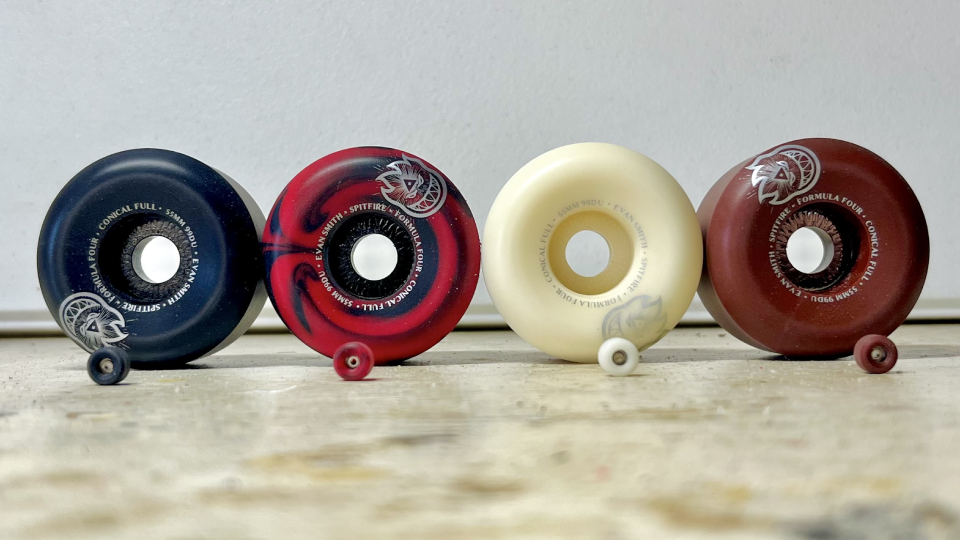 GOT OLD WHEELS? THIS GUY IS MAKING MINI FINGERBOARD REPLICAS WITH THEM
GOT OLD WHEELS? THIS GUY IS MAKING MINI FINGERBOARD REPLICAS WITH THEM
Honey, I Shrunk The Spitfires.

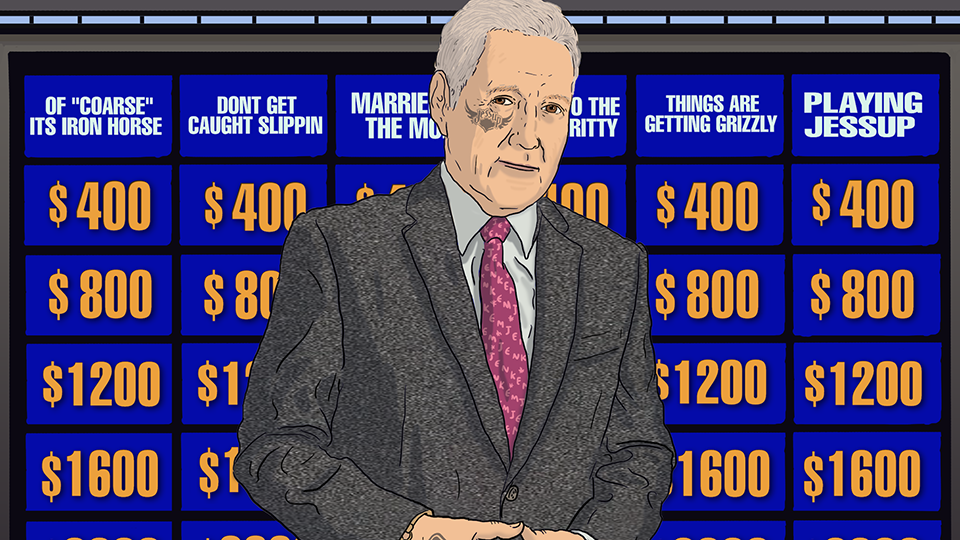
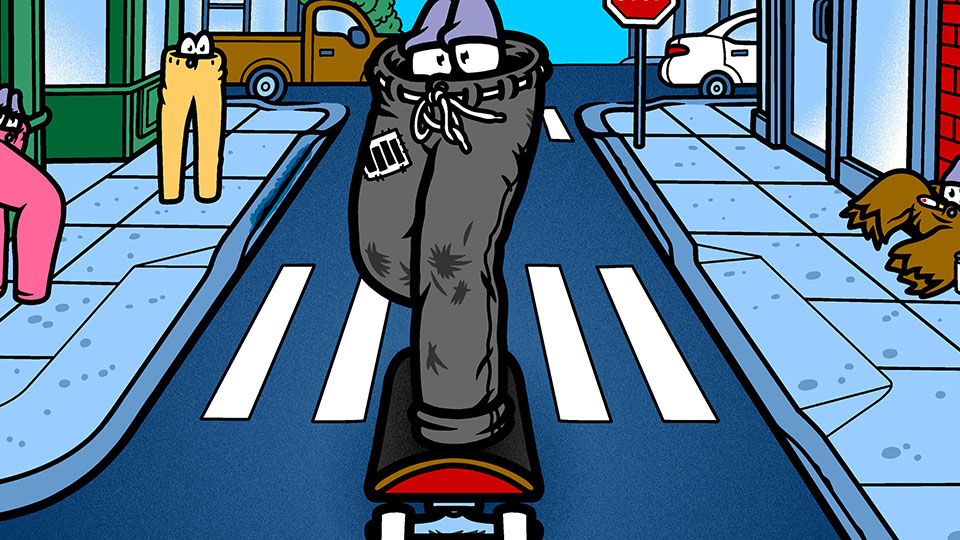
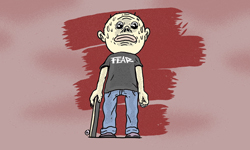
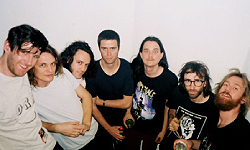
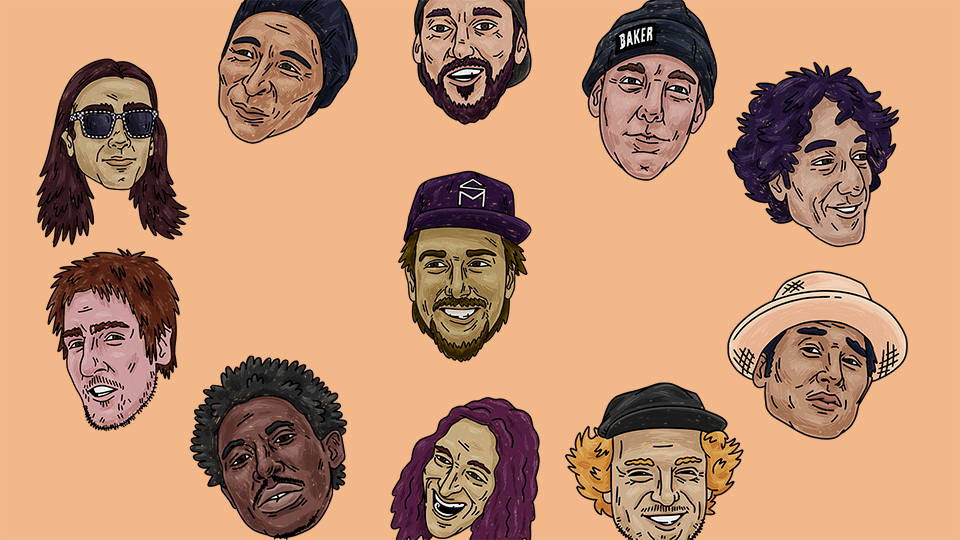
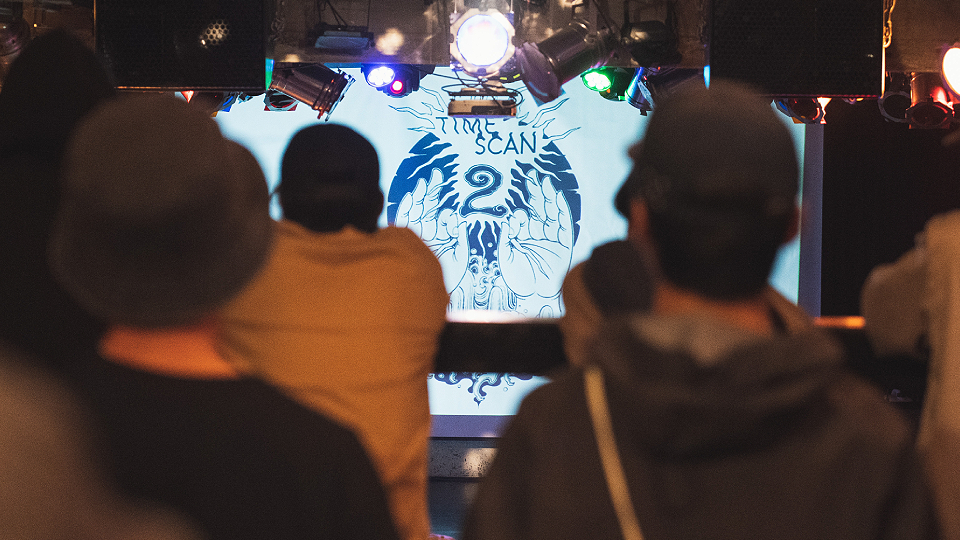
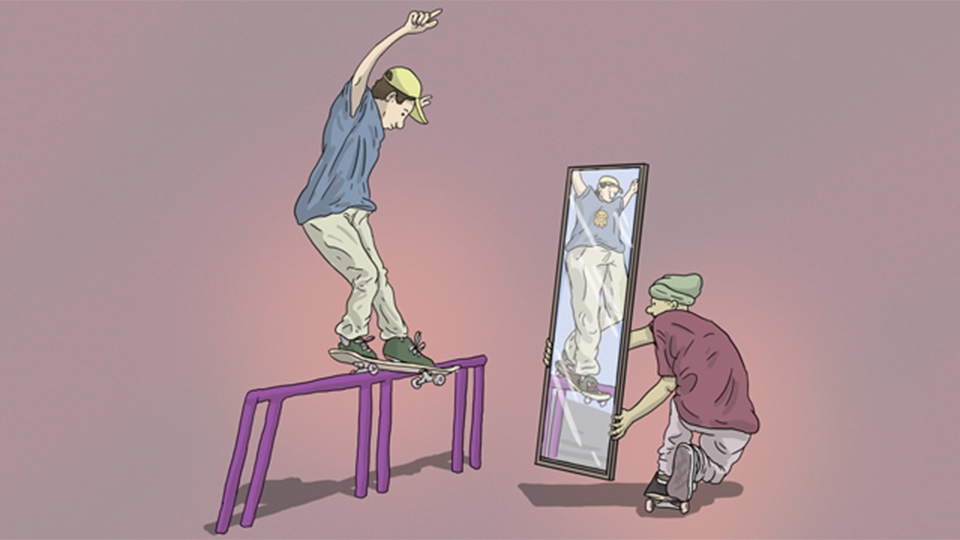
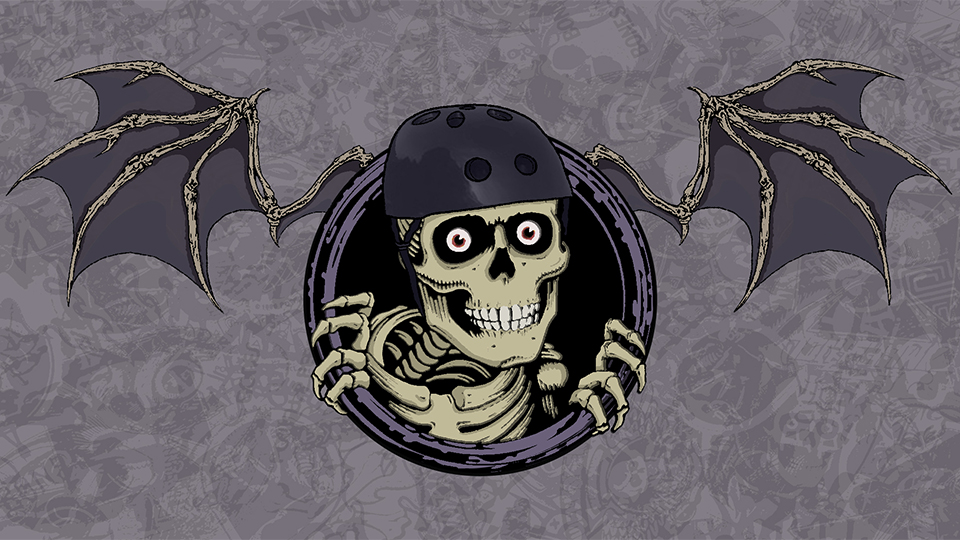
May 29, 2019 3:47 pm
Let me sum up this article in one sentence:
Suplex = 360 flip
May 29, 2019 3:50 pm
Does this make Nyjah the Roman Reigns of skating
September 18, 2020 5:03 am
Nyjah is more of a John Cena then a Roman Reigns I think.
May 29, 2019 4:13 pm
Thank you
May 29, 2019 6:44 pm
Big fan. Been saying this shit for years